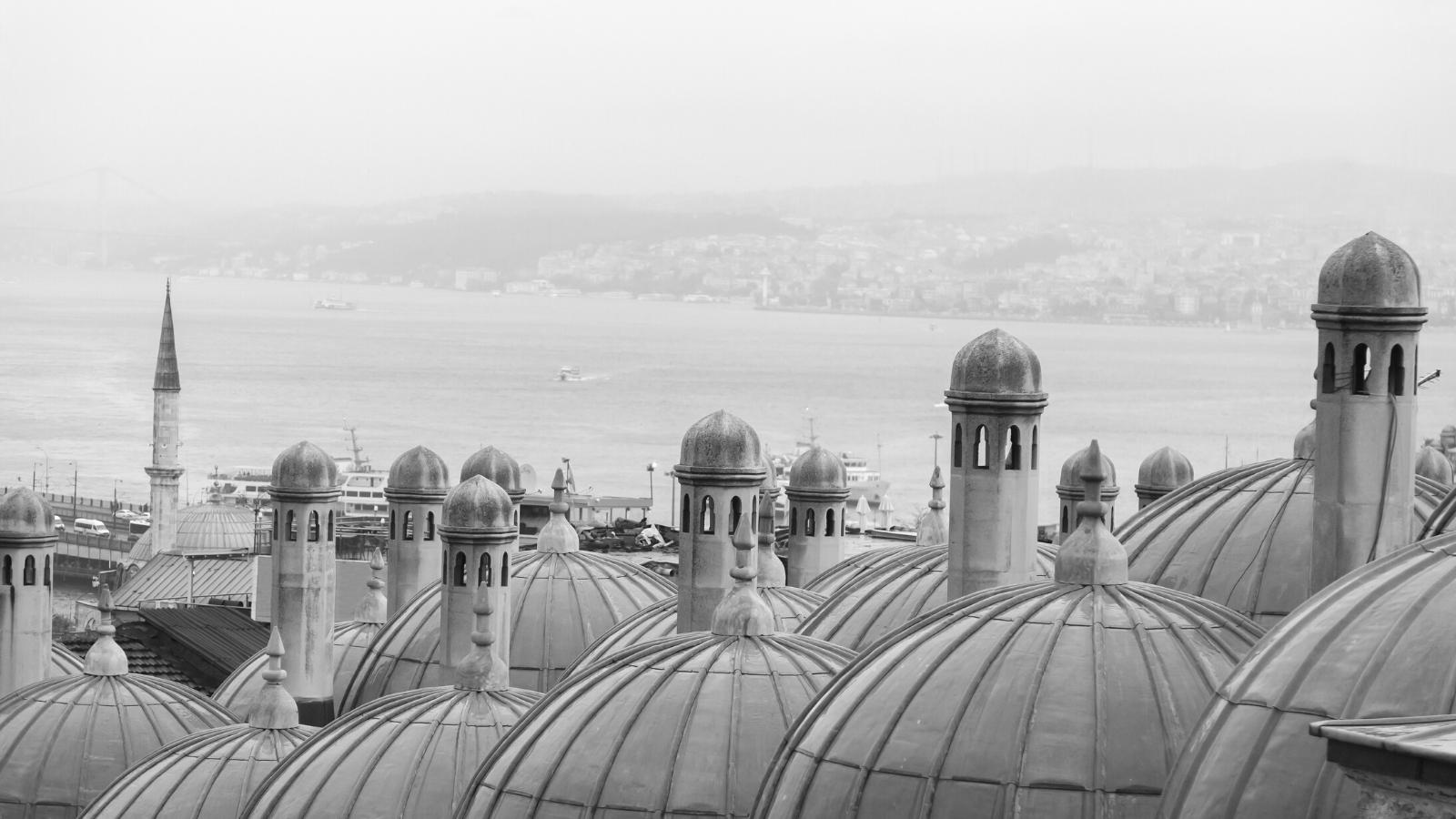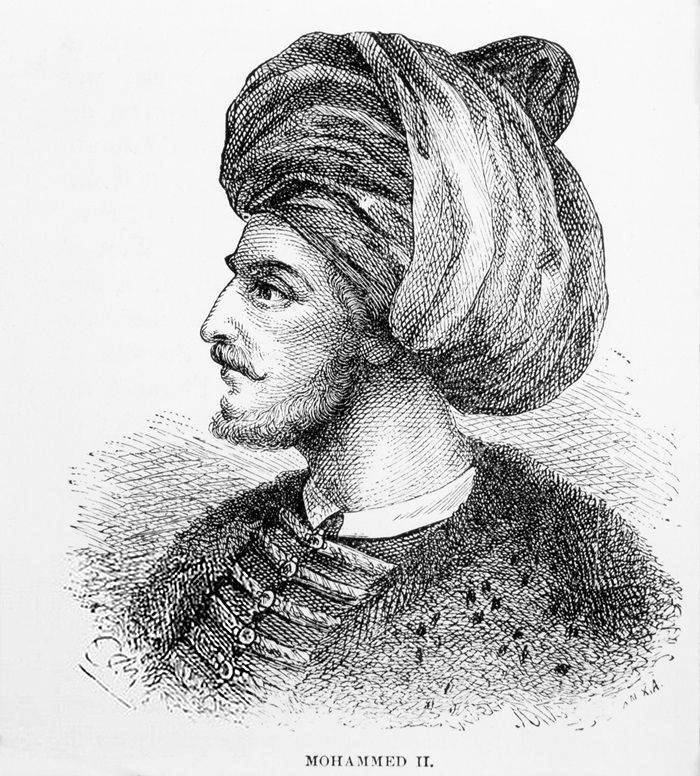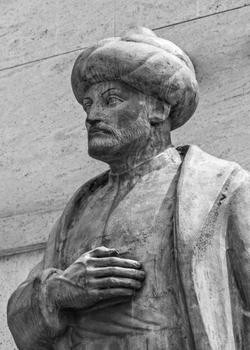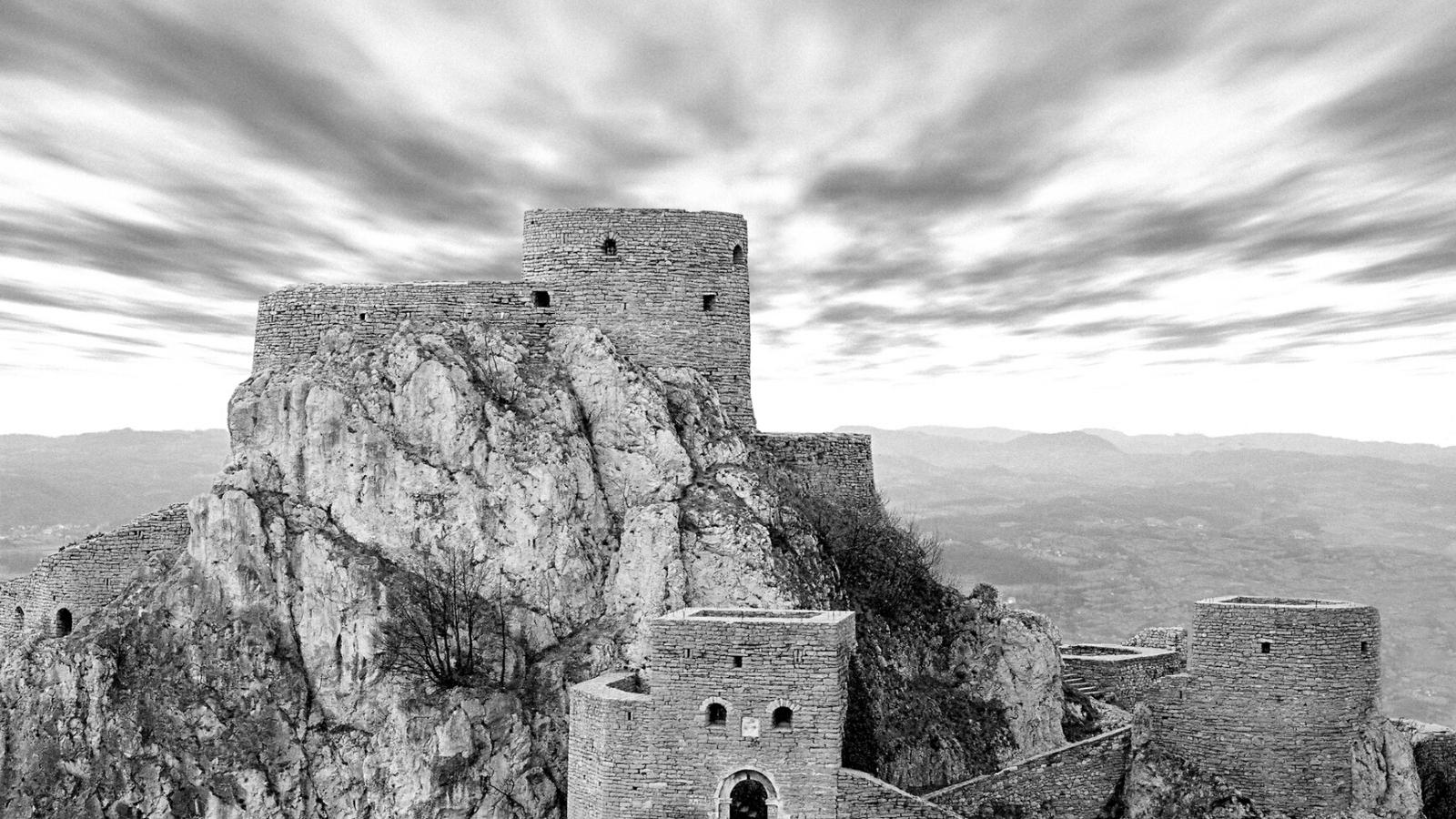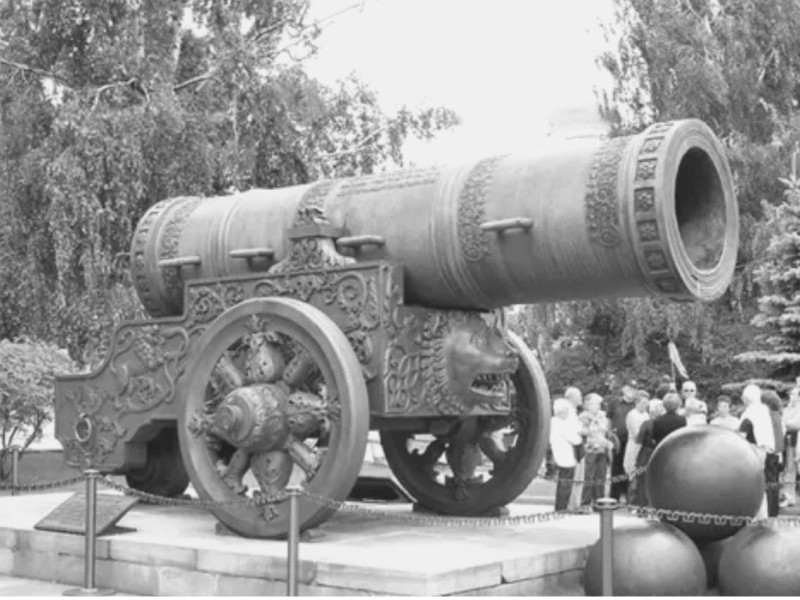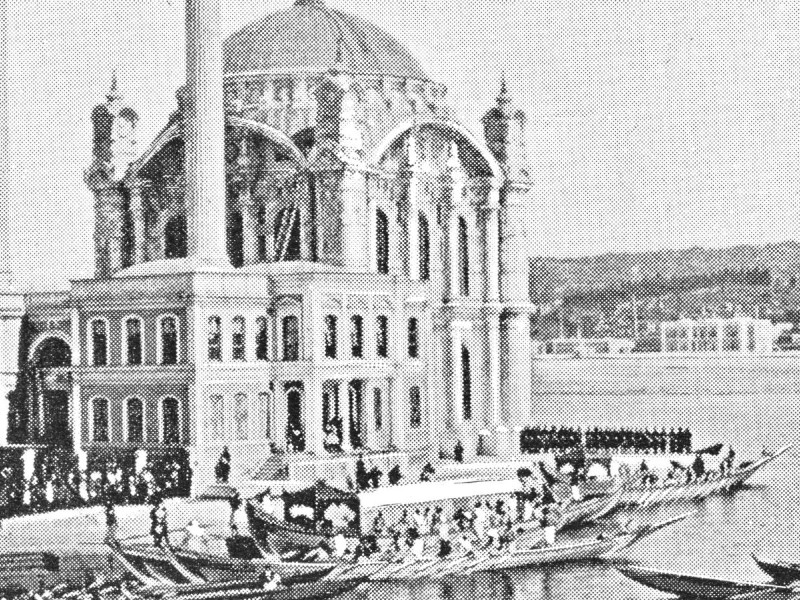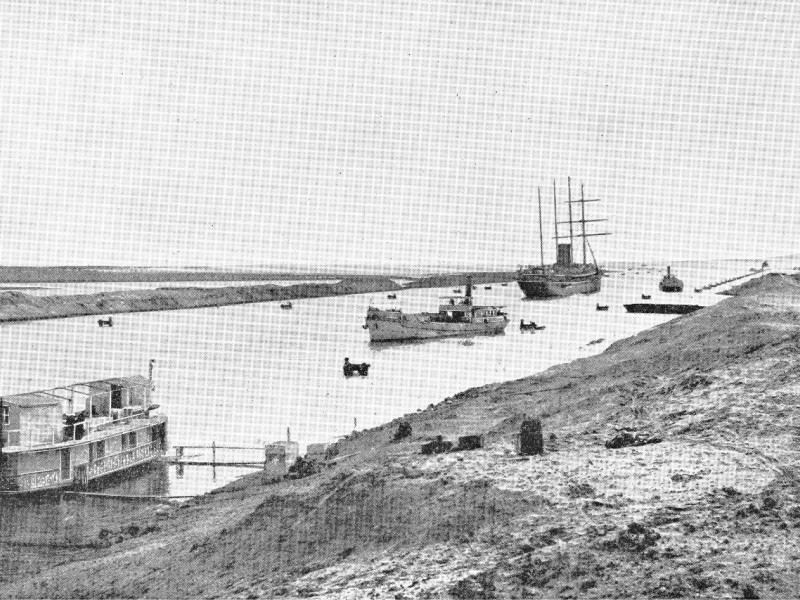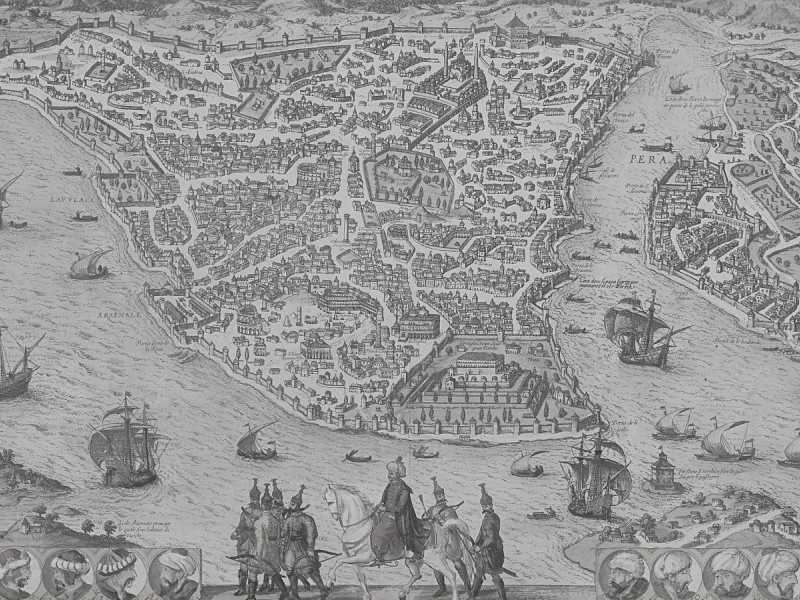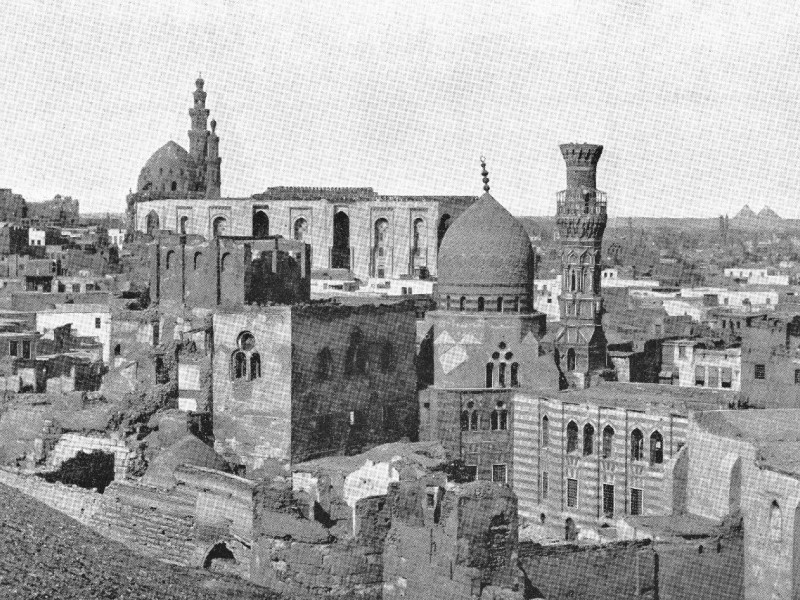Why Were the Ottomans Such Successful Conquerors: Faith and Firearms
The Ottomans' conquests were an integral part of their way of life, and that’s one of the reasons why they were such successful conquerors. Through the efforts of several devout and relentless leaders, the Empire grew to include almost 7.7 million square miles. Anatolia, much of southwestern Europe, the Middle East, and areas in North Africa became part of this vast empire over its 600-year history.
Keep reading to learn what made them so adept at warfare!
Why Were the Ottomans Such Successful Conquerors?
The main reason is that the Ottoman Empire was founded with the idea of conquest at its core. From Osman I to Suleiman the Magnificent, the leaders of the Ottoman Empire believed that they were “ghazi”, holy warriors sent by God to fight ceaselessly against the unbelievers and extend the power and influence of Islam. The idea of holy war (ghaza) served as their founding principle, shaping their governmental policies and their drive for expansion of Ottoman Empire.
With each success, the Ottoman Turks also expanded their knowledge of strategy and warfare. By the 1500s, the Ottoman military was a superior organization, adept in administration, tactics, and archaic and advanced weaponry.
Their standing army, the Janissaries, was unparalleled in strength, training, and perseverance. They also built an impressive navy which added to their military might and helped stabilize the region by protecting shipping lanes in the Mediterranean.
Osman I and the Beginnings of the Ottoman Empire
In the early 13th Century, the Seljuk Sultanate controlled most of the Middle East, including about a fourth of Anatolia, now known as Turkey. They formed an uneasy truce with the Byzantine Empire, embracing religious tolerance and free trade with their Eastern Orthodox neighbors.
When Constantinople fell to Rome in 1204 during the scandalous Fourth Crusade, the Byzantine Empire was left in tatters. Similarly, the Seljuk Turks bore the brunt of the Mongol attack in 1243, leaving only a handful of Seljuk states, or beyliks, in the region.
Osman Ghazi (Osman I) was a war chieftain and the leader of the beyliks of Bithynia. He was the first to embrace ghaza, the holy war, conquering territories that did not accept Islam. Around 1290, he officially broke away from the Seljuk Sultanate and attacked the neighboring Byzantines. His minor victories sowed the seeds for the rise of the Ottoman Empire.
Turkish Opposition and the Ottoman Interregnum (1402-1413)
Orhan Ghazi, Osman’s son, continued his father’s holy war and expanded their territories through Anatolia and other regions in Asia Minor. Other Turkish tribes, such as the Karamanids, objected to unification under Ottoman rule. In the Battle of Ankara in 1402, the Karamanids defeated the Ottomans and captured Sultan Bayezid I.
The Battle of Ankara was the most significant defeat suffered by the Ottoman Empire within their territory. Afterward, the empire endured a lengthy civil war called the Ottoman Interregnum.
It took eleven years to repair their divisions, but at last, the Ottomans reunited under Mehmed I and quickly regained their lost territories. By 1468, the Karamanids were a subjugated people.
Mehmed II the Conqueror and the Ottoman Siege of Constantinople
After the Interregnum, the growth of the Ottoman Empire was swift and confident. They moved into Europe and absorbed Serbia in 1439 and Bulgaria in 1444. Their victory was due primarily to the elite military force known as the Janissaries. Though the Janissaries were conscripts from conquered cities, they were highly trained and enjoyed a measure of fame and respect.
Soon after Sultan Mehmed II assumed the leadership of the Ottoman Empire in 1451, he set his ambitions on Constantinople, the last stronghold of the failing Byzantine Empire. For months of siege, the Byzantines remained secure behind the famous Theodosian Walls. The tide turned when the Ottomans began using their giant cannon called a bombard, an even which we will describe later in this article.
The bombard reduced much of the Theodosian Walls to rubble, and the great city finally fell in 1453. Mehmed II claimed Constantinople as the capital of the Ottoman Empire, right after.
The following decades saw more victories for Mehmed II and the Ottomans. They conquered Serbia, Bosnia, Wallachia, Crimea, the city of Morea in Greece, and the town of Otranto in Italy. For the next 300 years, the Ottoman Empire was the dominant power in the regions surrounding the Black Sea.
Suleiman the Magnificent and the Last Great Ottoman Conquest
The Ottoman Empire and its desire for expansion reached its peak under the rule of Suleiman I, called Suleiman the Magnificent. He was known as a brilliant strategist; he conquered Belgrade in 1521 and annexed the majority of Hungary by 1526. He also attempted several invasions into Vienna but was repelled.
Besides being a skilled strategist, Suleiman was an exceptional ruler. He codified Ottoman law, which was surprisingly impartial.
Under his regime, the Ottomans built elaborate mosques and public buildings and rebuilt the walls of Jerusalem as we see them today. Somehow during all this activity, he found time to support the arts and become a renowned poet himself.
With the death of Suleiman the Magnificent in 1566, the Ottoman taste for conquest largely waned. Though they gained a few more regions, including Ukraine, Cyprus, Tunis, and parts of Morocco, they were never successful in their campaigns against Vienna, Rome, and Persia.
Still, the Ottoman Empire continued to be the largest and most successful power in the region for another few hundred years.
The Janissaries: Turning Christian Conscripts Into Elite Warriors
A key component in the Ottomans’ many victories was the Ottoman standing army, called the Janissaries. Though the soldiers were a legendary force in the Ottoman fight for Islamic supremacy, they were almost entirely forced conscripts from subjugated nations.
Orhan Gazi created the Janissaries around 1330 by enacting the devshirme, or blood tax. Through the devshirme, the Ottomans regularly seized up to 20 percent of non-Muslim boys in the region and forced them to convert to Islam.
Though technically slaves, these boys received advanced education and military training. Those who showed physical prowess became part of the fighting corps, while those with better cognitive skills served in administrative roles.
Discipline within the Janissaries was strict, and the corps governed all parts of their lives, including strict rules on celibacy while on active duty. However, the members of the Janissaries were treated with respect and were well paid.
Upon retirement, many served in high administrative roles within the local government. If they married, their children were considered natural-born Muslims and were not subject to the taxes enacted on the conquered citizenry.
Old and New Weapons Used in the Ottoman Conquests
Throughout the history of the Ottoman Empire, weapons of many types were used in battle. The armorers had an uncanny ability to adopt commonly used, even archaic, weapons and modify them for use according to the needs of modern warfare and the fighting style of the Ottoman army.
The earliest recorded Ottoman weapon was the Turkish Bow, a recurved composite bow created around 1000 BCE in the Eurasian Steppe. The Ottoman armorers shortened the length and increased the recurve dramatically, enhancing its power, accuracy, and ease of use from horseback. Eventually, they also adopted the crossbow, but the use of the Turkish bow continued through the 17th Century.
Janissaries’ Weapons
The Janissaries employed several types of bladed weapons, but their signature sword was the yatagan – a short, slightly curved, single-edged blade ending in a pointed tip. This construction made the yatagan effective as both a thrusting and a hacking weapon.
More recognizable is the earlier Ottoman cavalry saber, called the kilij.
Modeled on Mongol sabers from Central Asia, this saber had a more dramatic curve than the yatagan and was especially effective from horseback. As cavalry in warfare diminished, they adapted to the lighter, straighter blade of the yatagan.
Introduction of Cannons and Firearms By the Ottomans
By far, their most critical advancement was the introduction of individual firearms and cannons. For siege warfare, they developed the Ottoman Bombard, also called the Dardanelles Gun.
This was a gigantic cannon capable of firing 1543 pounds of stones accurately at incredible distances. The size of the bombard made it challenging to transport, and the army often cast the gun on-site before the battle. While it could only fire a few times a day due to the intense heat created, the result of each blow was devastating.
Conclusion
The Ottoman Empire was successful for around 600 years, largely due to its many successes in warfare.
Here are some facts to remember:
The Ottomans believed in ghaza, holy war, and fought to subdue unbelievers and increase the power of Islam
Osman I was the first leader to break from the Seljuk Turks and declare ghaza on neighboring territories
The Ottoman Interregnum was a period of civil war from which the Ottomans emerged stronger than ever
Under Mehmed II, they defeated the Byzantine Empire and made Constantinople their capital
Suleiman the Magnificent was the last leader to achieve great successes in battle
The Janissaries were non-Muslim conscripts who were trained to become an elite, respected military force
The Turkish Bow was developed for use from horseback
The kilij and the yatagan were two types of swords favored by the Ottoman forces
The Ottoman Bombard was an enormous cannon used in siege warfare
Though their regional power eventually waned, the Ottoman Empire will long be remembered for its religious fervor and military superiority.
